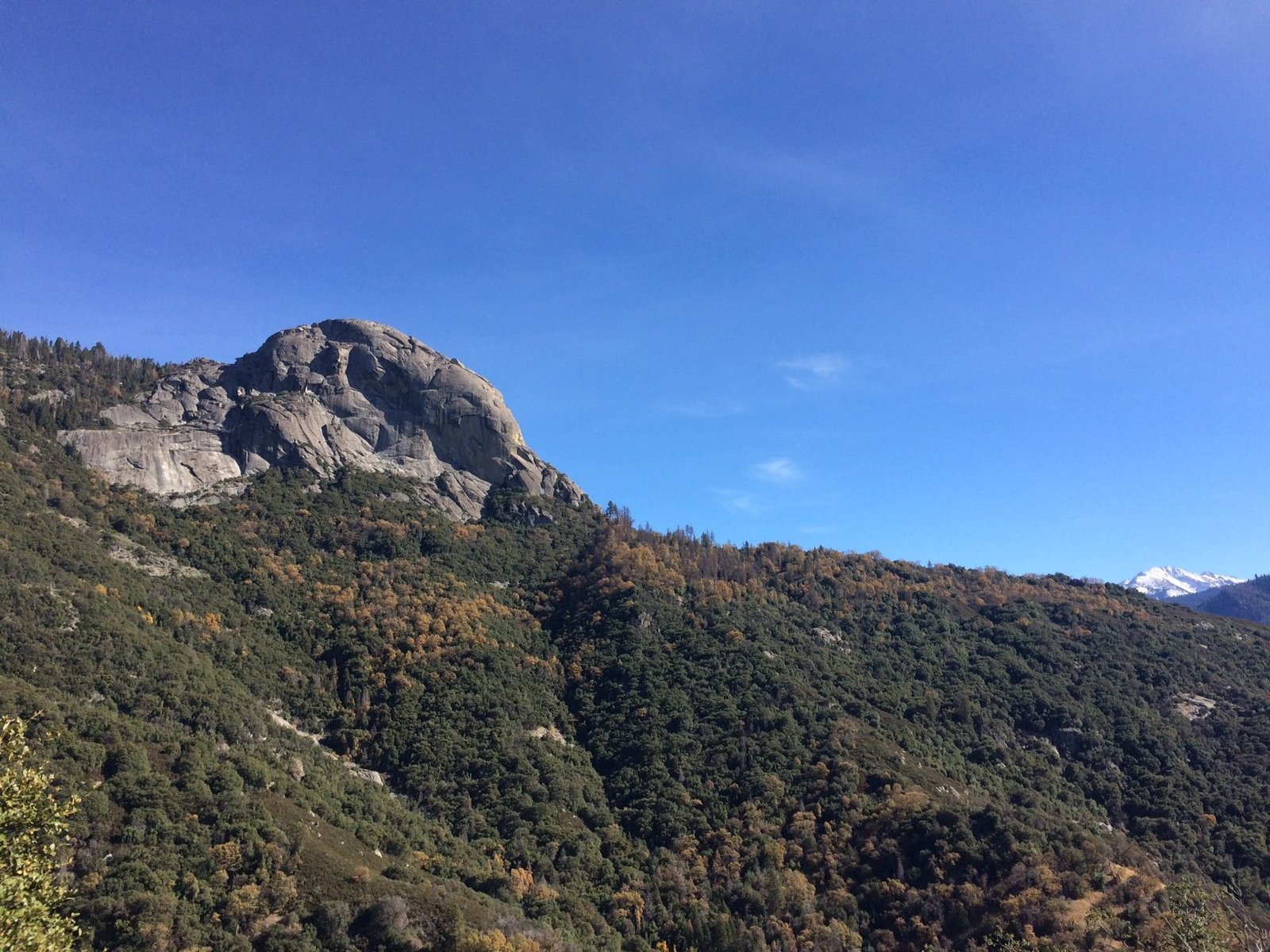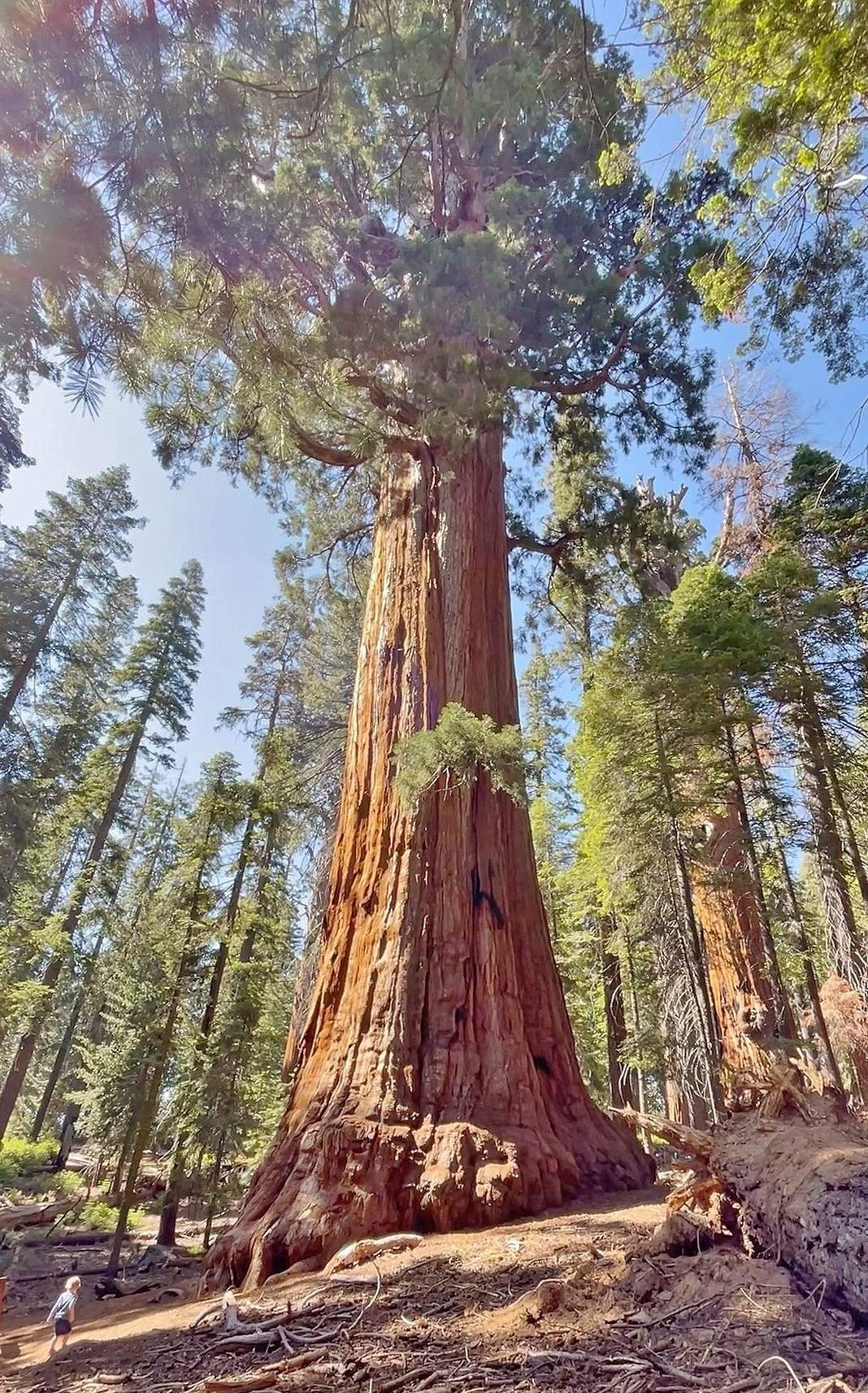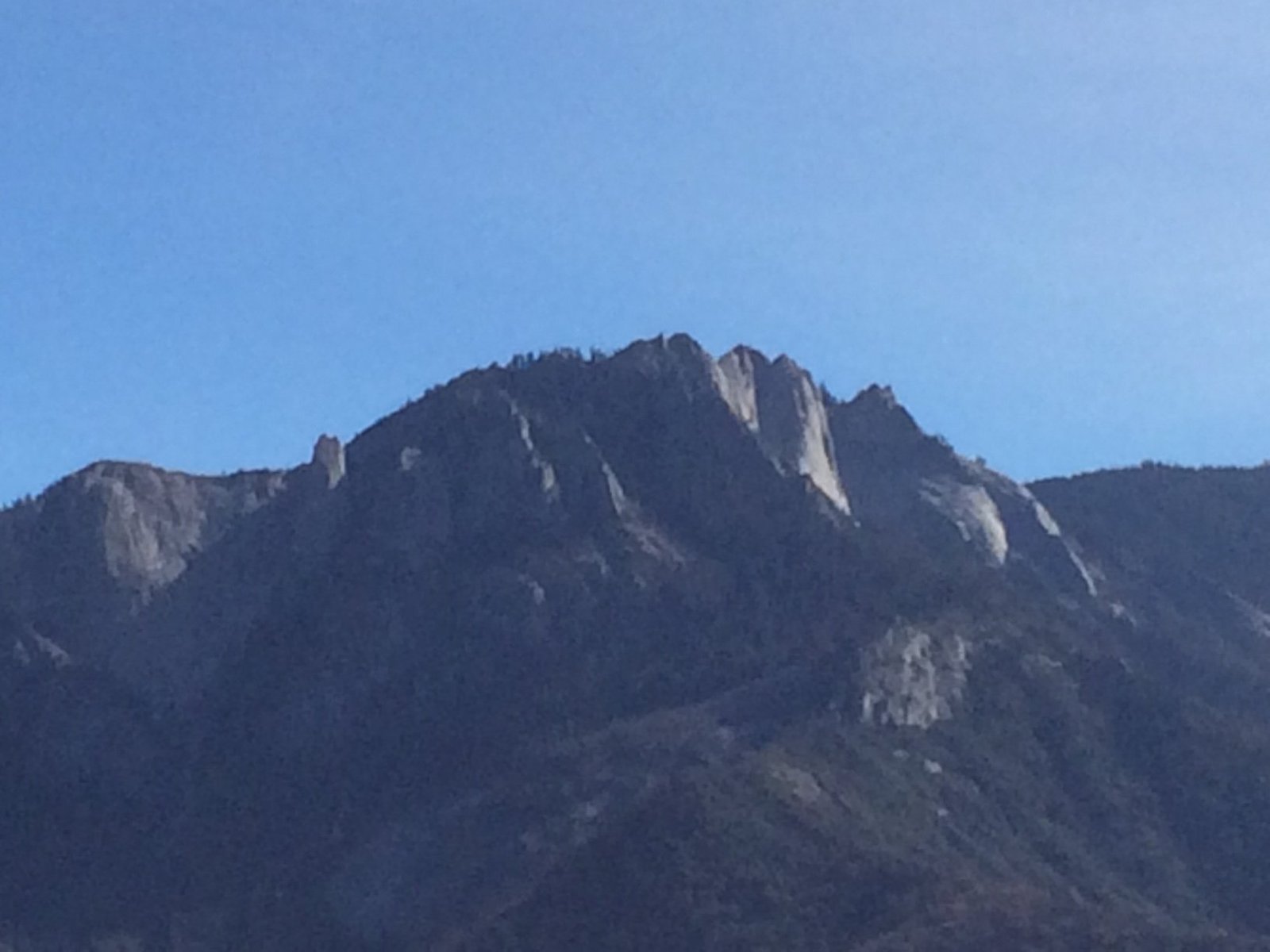Mountain lion attacks in Sequoia National Park are rare but potential occurrences that visitors should be aware of. While specific incidents within the park boundaries are limited, the surrounding areas have reported encounters. This guide provides essential information on documented cases, recent sightings, safety tips, and insights into mountain lion behavior to ensure a safe and enjoyable visit to Sequoia National Park.
What Are the Documented Statistics of Mountain Lion Attacks in Sequoia National Park?

While specific data on attacks within Sequoia National Park is limited, the broader context of California provides valuable insights:
- Since 1986, California has recorded 22 confirmed mountain lion attacks, with most being non-fatal.
- In June 2004, a non-fatal attack occurred in the adjacent Sequoia National Forest, involving a 28-year-old female.
- No documented attacks specifically mention Sequoia National Park as the location.
It’s important to note that while attacks are rare, the presence of mountain lions in the park’s ecosystem is a reality that visitors should be prepared for.
Have There Been Recent Mountain Lion Sightings in Sequoia National Park?

While specific recent sightings data for Sequoia National Park is not available, it’s crucial to understand that:
- Mountain lions inhabit the broader region, including areas within and around the park.
- These animals are known for their elusive nature, often avoiding human contact.
- As human activity increases in their habitat, the likelihood of encounters may rise.
Visitors should remain vigilant and prepared for potential sightings, especially in less-trafficked areas of the park.
What Safety Tips Should Visitors Follow to Prevent Mountain Lion Encounters?
To ensure a safe visit to Sequoia National Park, follow these essential tips:
- Avoid solitary activities, especially during dawn, dusk, and night.
- Keep children close and under constant supervision.
- Do not approach mountain lions if spotted.
- Refrain from running if you encounter a mountain lion.
- Make yourself appear larger by raising arms and opening jackets.
- Maintain eye contact and speak firmly to the animal.
- Fight back aggressively if attacked, using any available objects.
- Report all sightings or encounters to park rangers immediately.
How Should One Respond During a Mountain Lion Encounter?
If you find yourself face-to-face with a mountain lion:
- Stay calm and stand your ground.
- Maintain eye contact with the animal.
- Slowly create distance between yourself and the mountain lion.
- Make noise by speaking firmly or using a whistle.
- If you have small children, pick them up without bending down.
- Do not turn your back or run away.
- If the mountain lion appears aggressive, throw rocks or branches.
- In case of an attack, fight back with all available means.
What Insights Can Be Gained About Mountain Lion Behavior in Sequoia National Park?
Understanding mountain lion behavior can help visitors stay safe:
- Activity Patterns: Mountain lions are crepuscular, meaning they’re most active at dawn and dusk.
- Habitat Preferences: They favor areas with dense vegetation and rocky outcrops.
- Prey Selection: Deer are their primary prey, but they may also hunt smaller mammals.
- Territory Size: A single mountain lion can have a territory of up to 100 square miles.
- Human Interaction: Generally, mountain lions avoid human contact unless provoked or habituated.
What Factors Contribute to Mountain Lion-Human Conflicts?
Several factors can increase the likelihood of mountain lion-human encounters:
- Habitat loss due to urban expansion
- Drought conditions pushing lions into populated areas
- Increase in outdoor recreational activities
- Improper food storage attracting prey animals
- Lack of public awareness about mountain lion behavior
How Does Sequoia National Park Manage Mountain Lion Populations?
Sequoia National Park employs various strategies to manage mountain lion populations:
- Monitoring: Regular surveys and tracking of mountain lion activity.
- Education: Visitor information programs about wildlife safety.
- Habitat Preservation: Maintaining natural ecosystems to support healthy predator-prey relationships.
- Response Protocols: Established procedures for handling mountain lion encounters or incidents.
What Should Visitors Do If They Spot a Mountain Lion in Sequoia National Park?
If you spot a mountain lion in Sequoia National Park:
- Remain calm and assess the situation.
- Do not approach the animal under any circumstances.
- If possible, slowly back away while keeping the lion in sight.
- Report the sighting to park rangers as soon as possible, providing:
- Location of the sighting
- Time of day
- Direction of the lion’s movement
- Any notable behavior observed
How Can Visitors Prepare for a Safe Trip to Mountain Lion Country?
Before visiting Sequoia National Park, take these preparatory steps:
- Research mountain lion behavior and safety protocols.
- Pack appropriate gear, including bear spray (which can also deter mountain lions).
- Plan hikes and activities with a group rather than solo.
- Inform others of your itinerary and expected return time.
- Check with park rangers for recent wildlife activity updates.
What Are the Legal Protections for Mountain Lions in Sequoia National Park?
Mountain lions in Sequoia National Park are protected under federal law:
- It is illegal to hunt, trap, or kill mountain lions within the park boundaries.
- Harassing or feeding wildlife, including mountain lions, is strictly prohibited.
- Violations can result in fines and potential imprisonment.
How Do Mountain Lion Populations Impact the Ecosystem of Sequoia National Park?
Mountain lions play a crucial role in the park’s ecosystem:
- Apex Predator: They help control deer populations, preventing overgrazing.
- Biodiversity: Their presence supports a diverse and healthy ecosystem.
- Scavenger Support: Lion kills provide food for other animals like bears and eagles.
- Trophic Cascade: Their hunting patterns influence the behavior and distribution of prey species.
By understanding and respecting the role of mountain lions, visitors can appreciate the delicate balance of nature in Sequoia National Park while staying safe during their visit.
References:
1. California Department of Fish and Wildlife: Verified Mountain Lion-Human Attacks
2. KTLA: How rare are mountain lion attacks in California?
3. USDA Forest Service: Mountain Lions Sequoia National Forest

